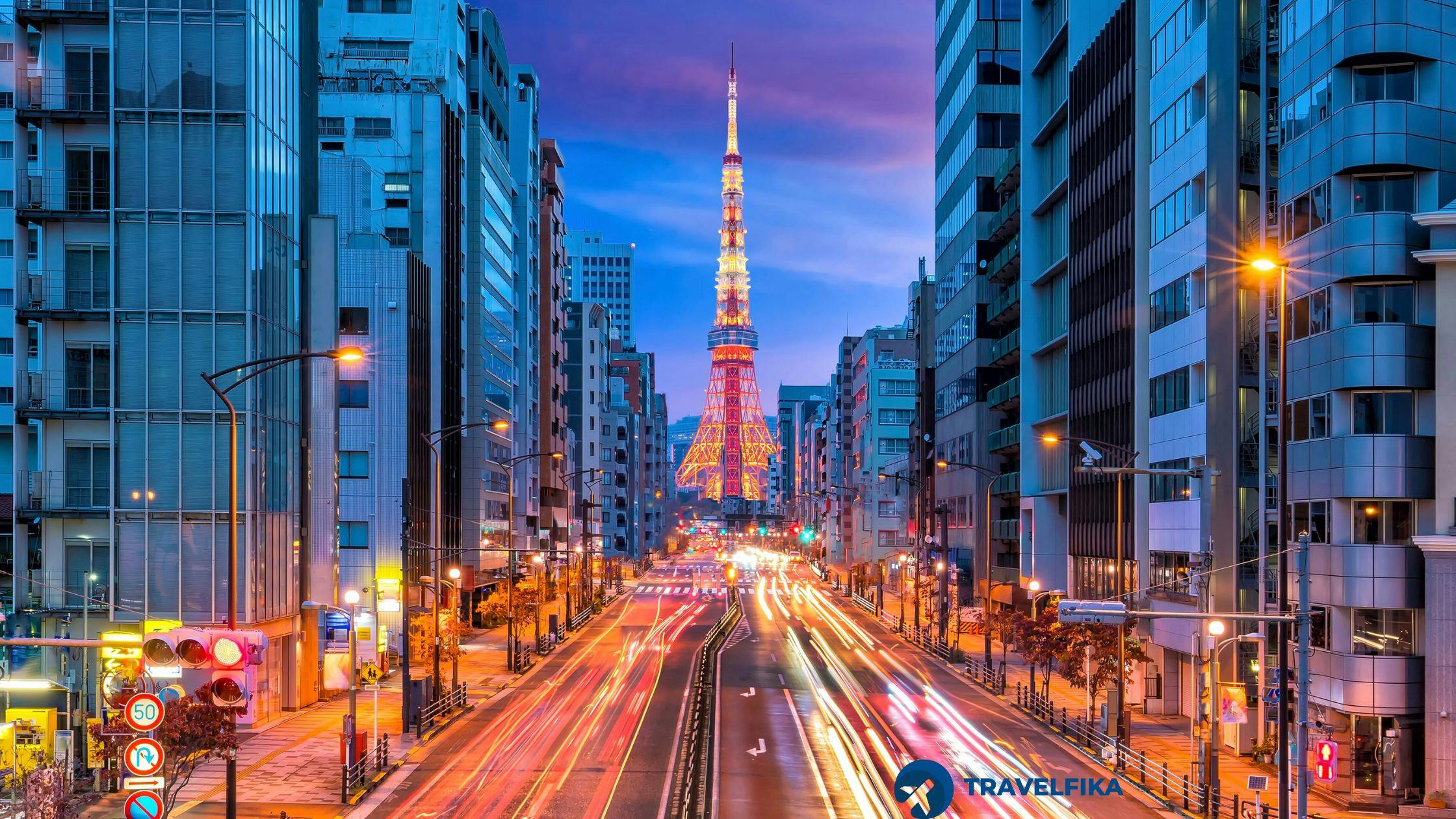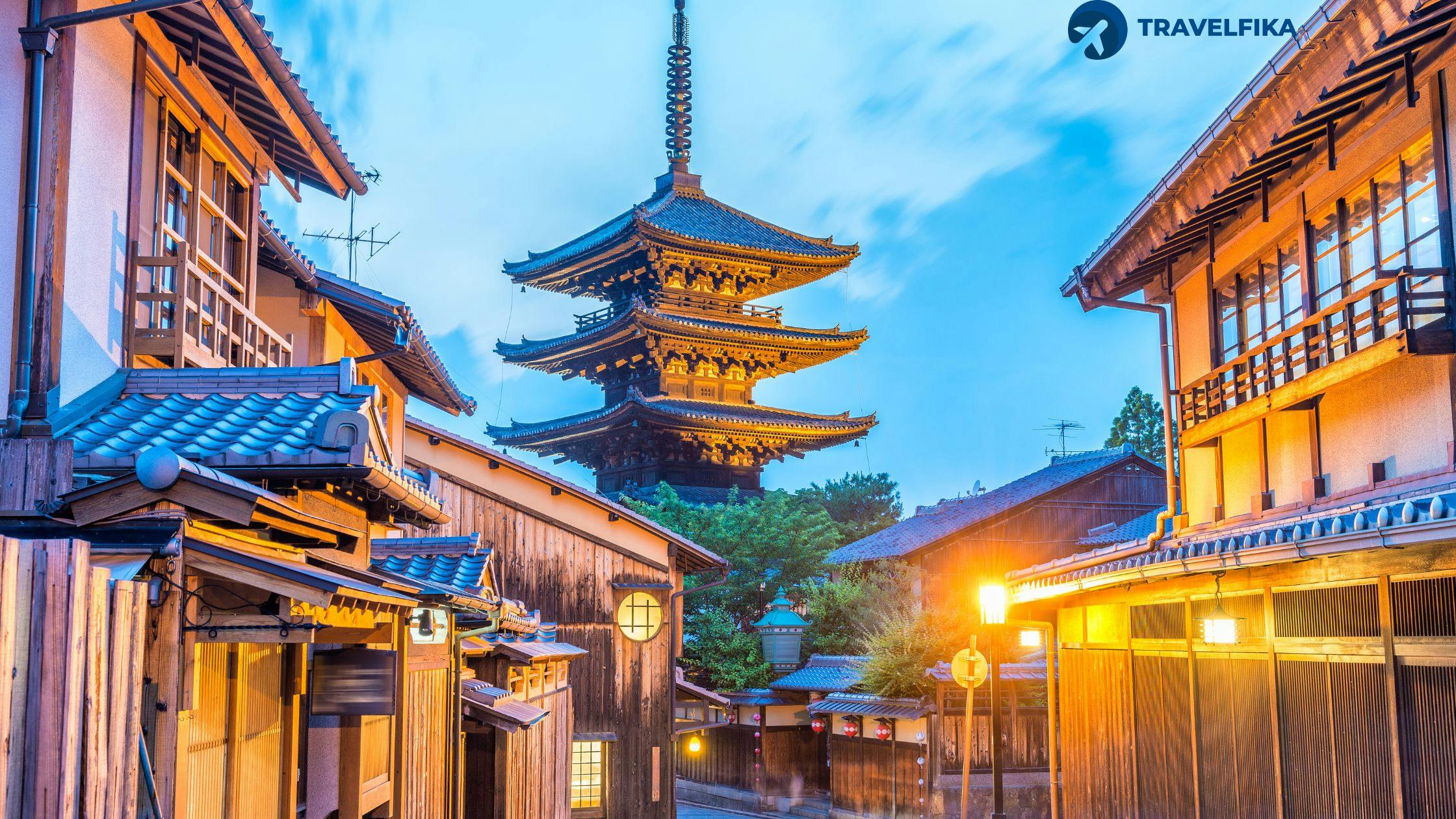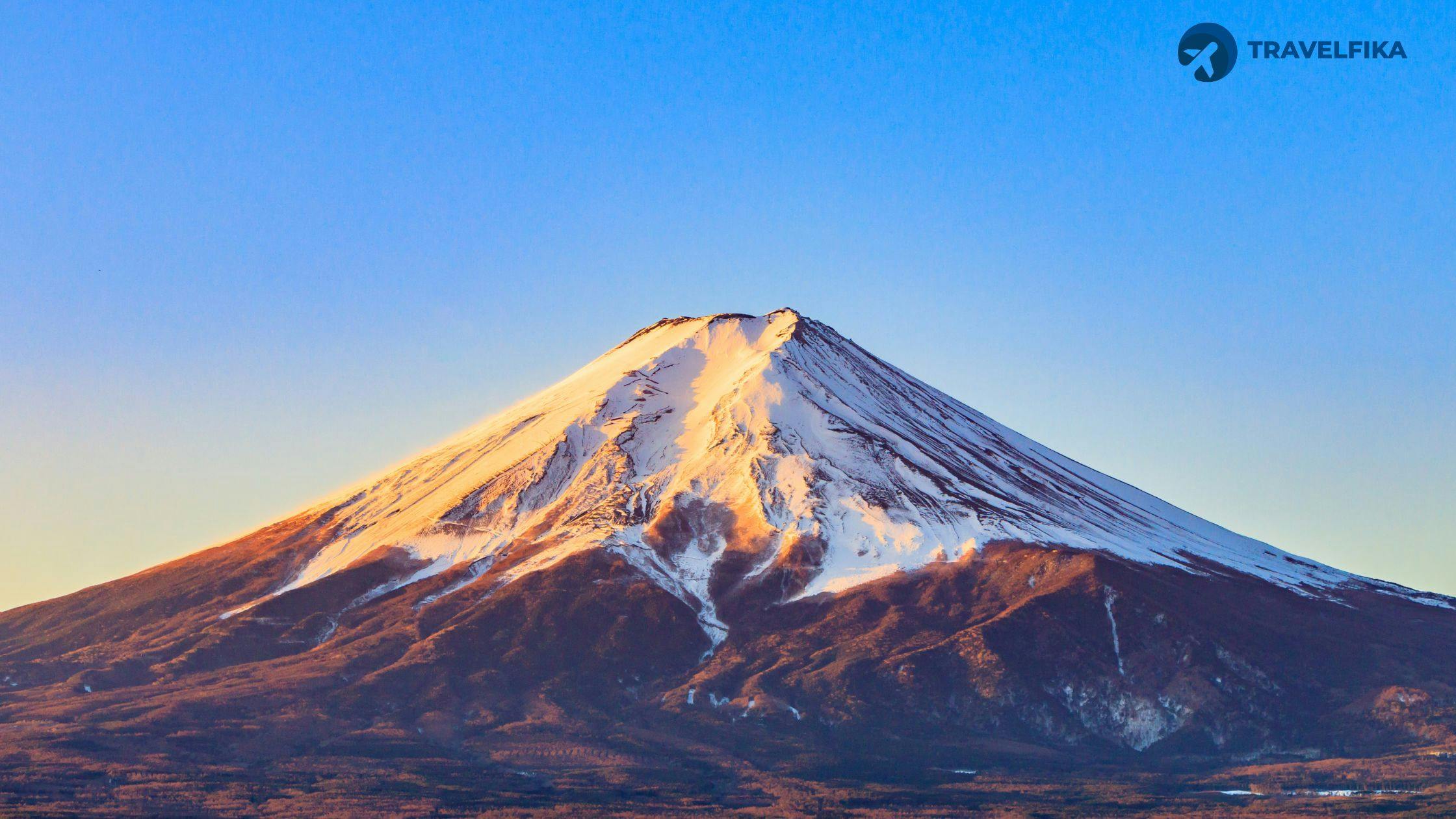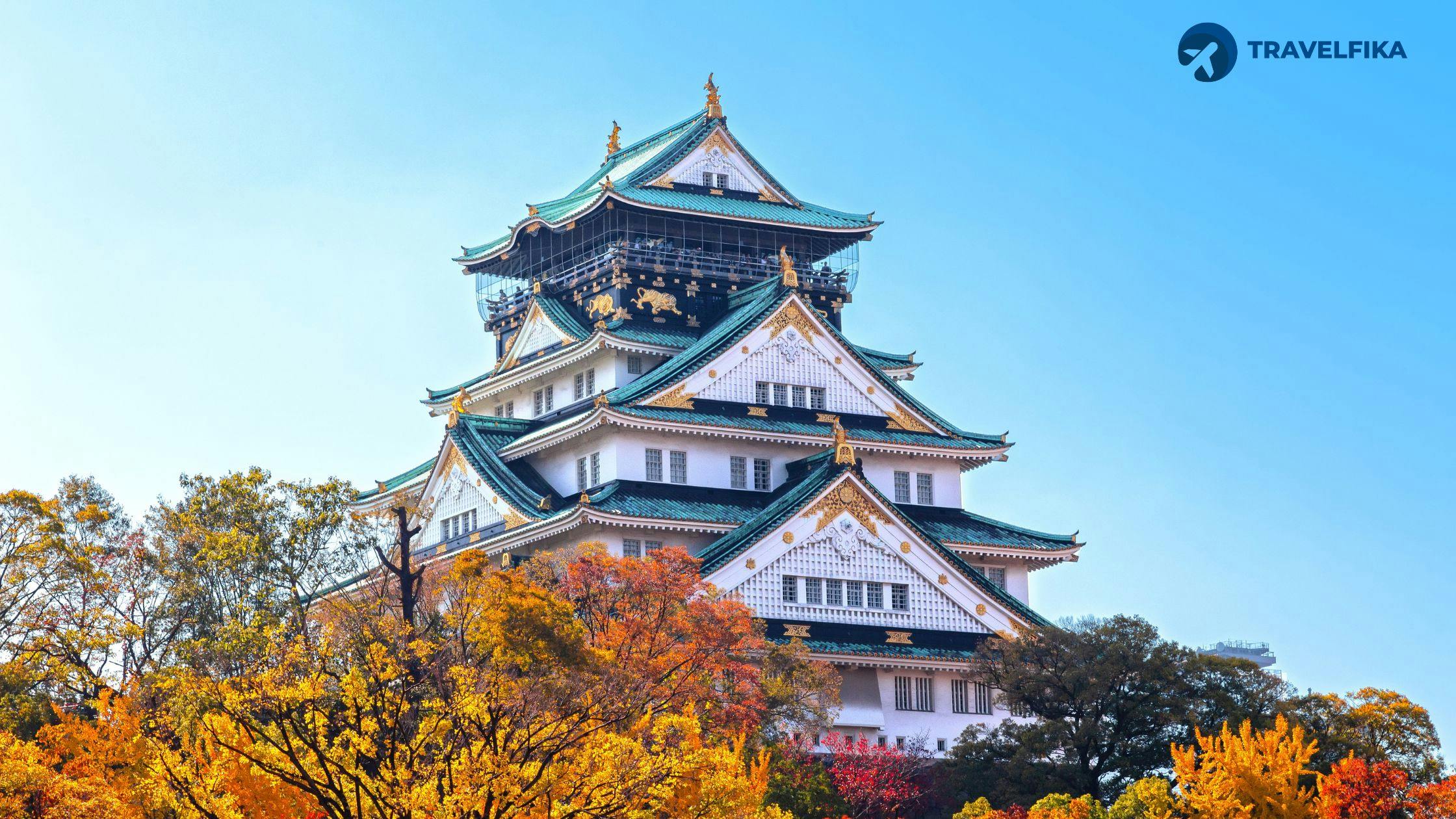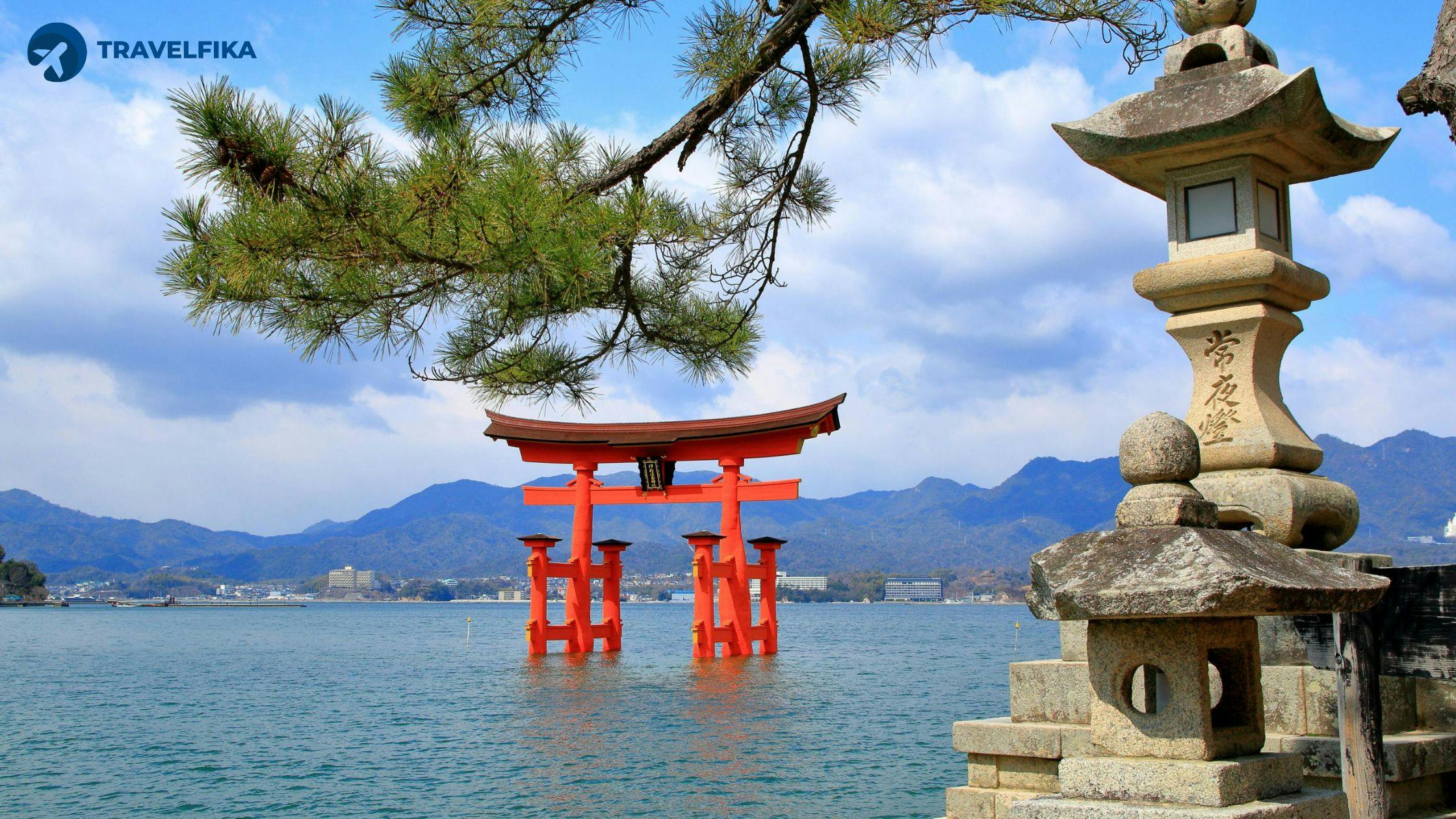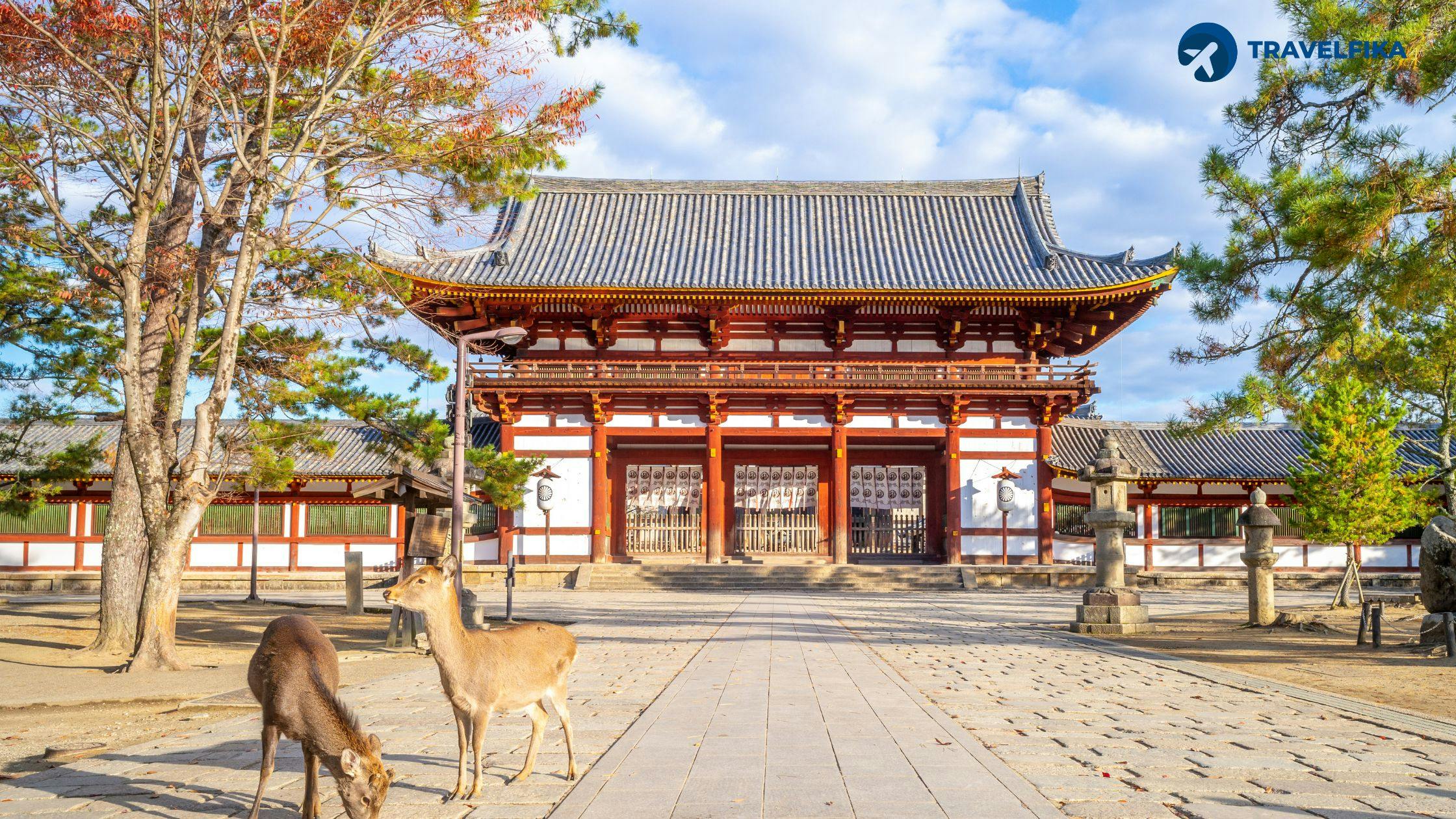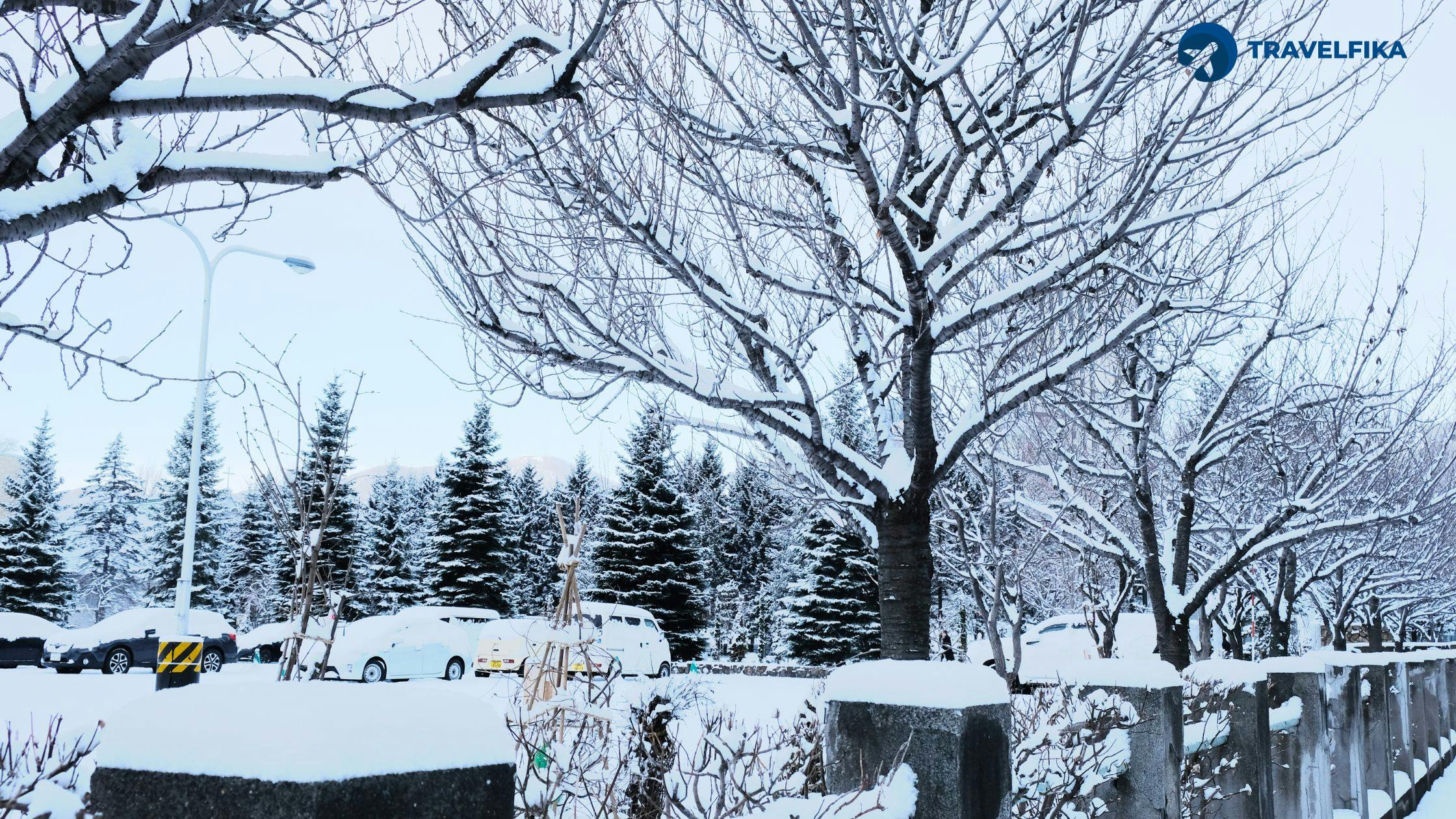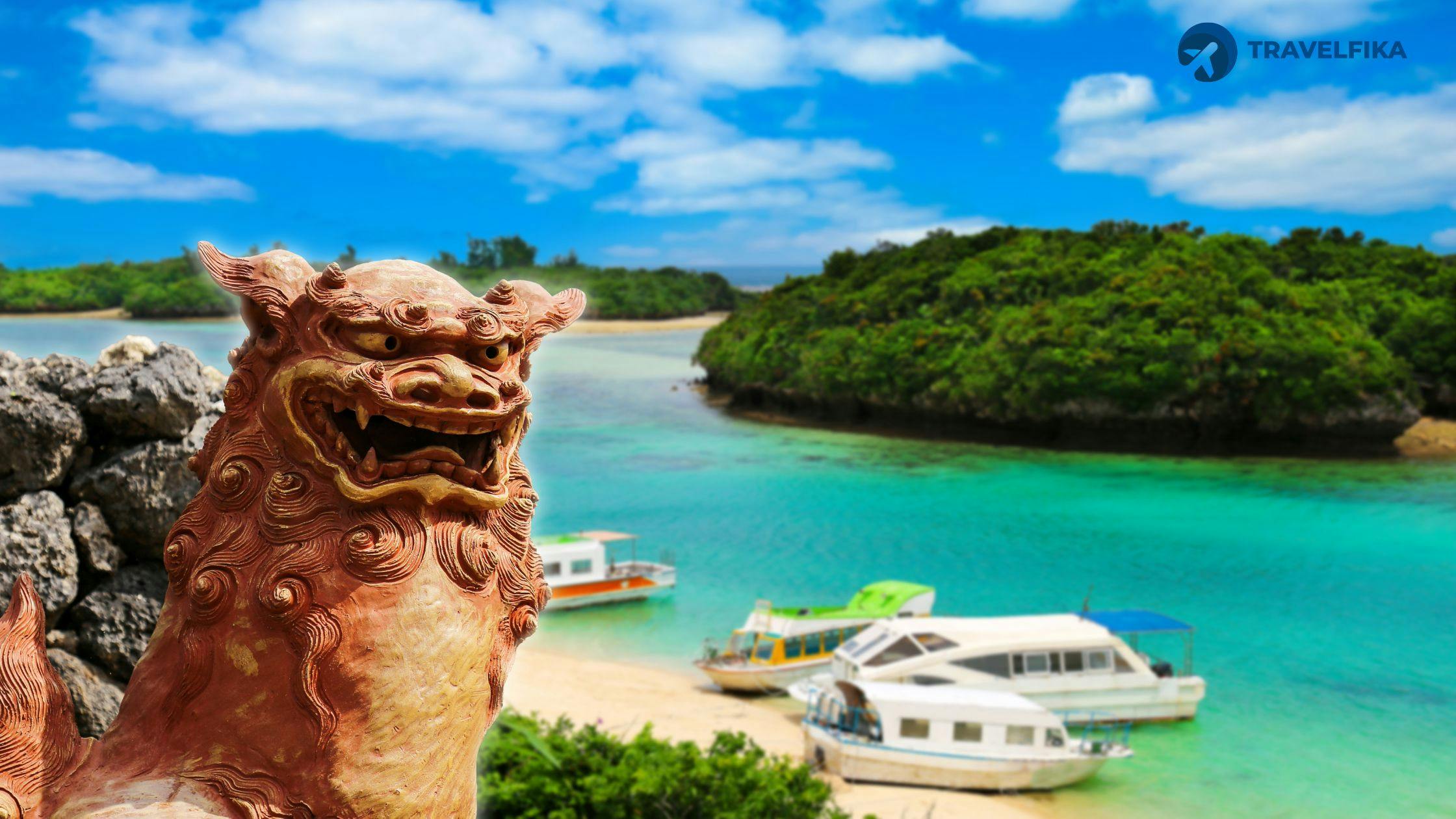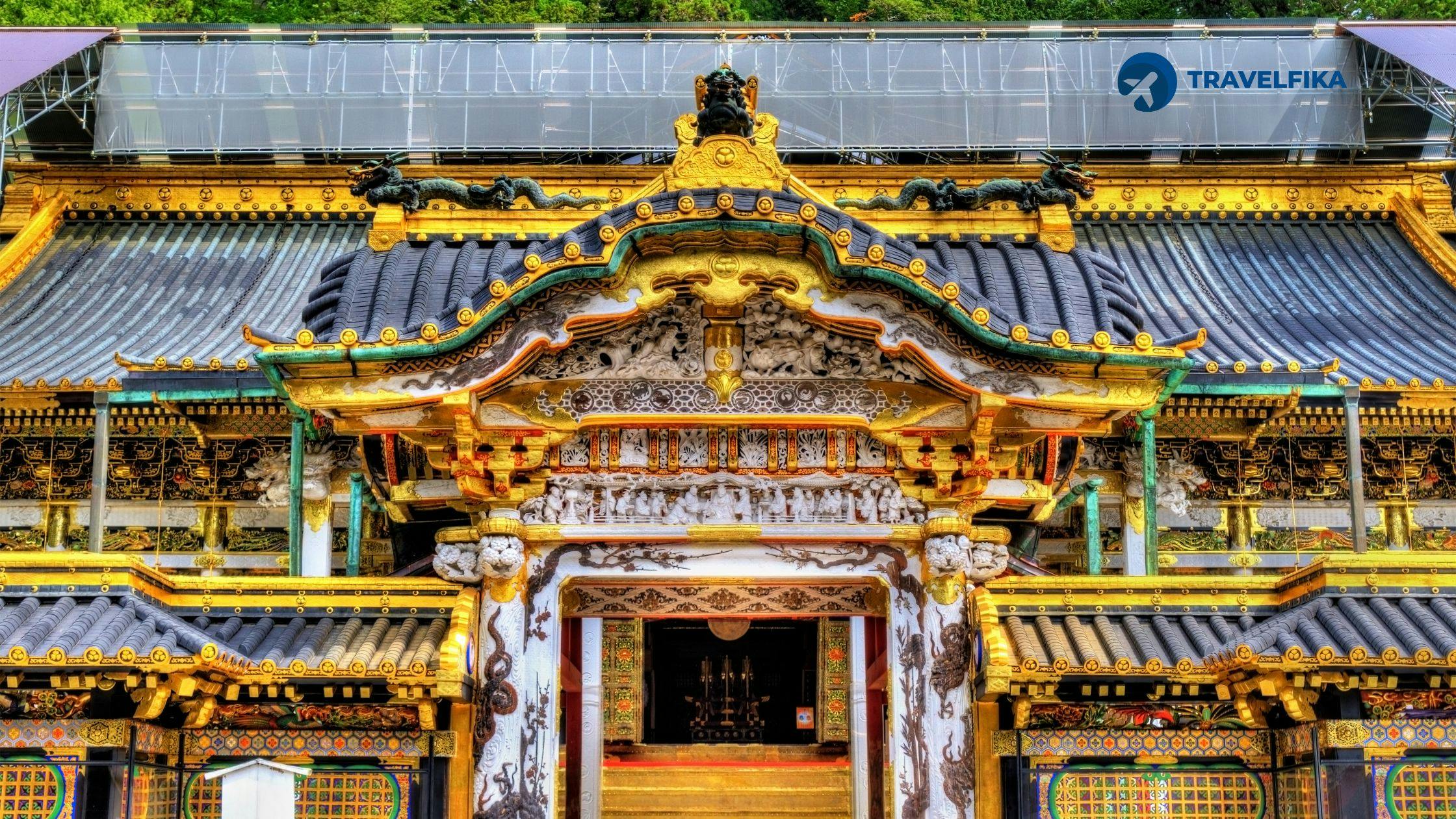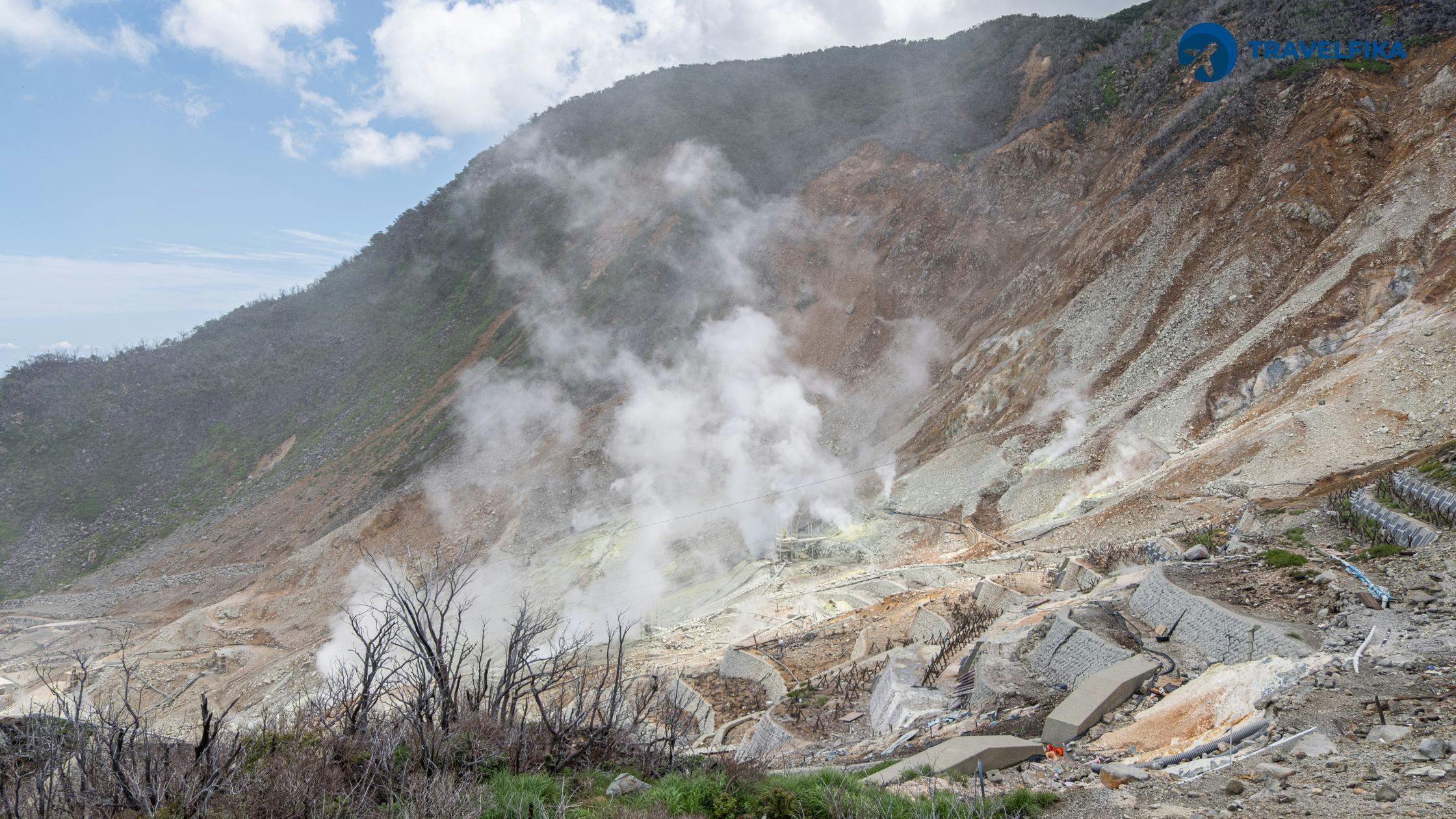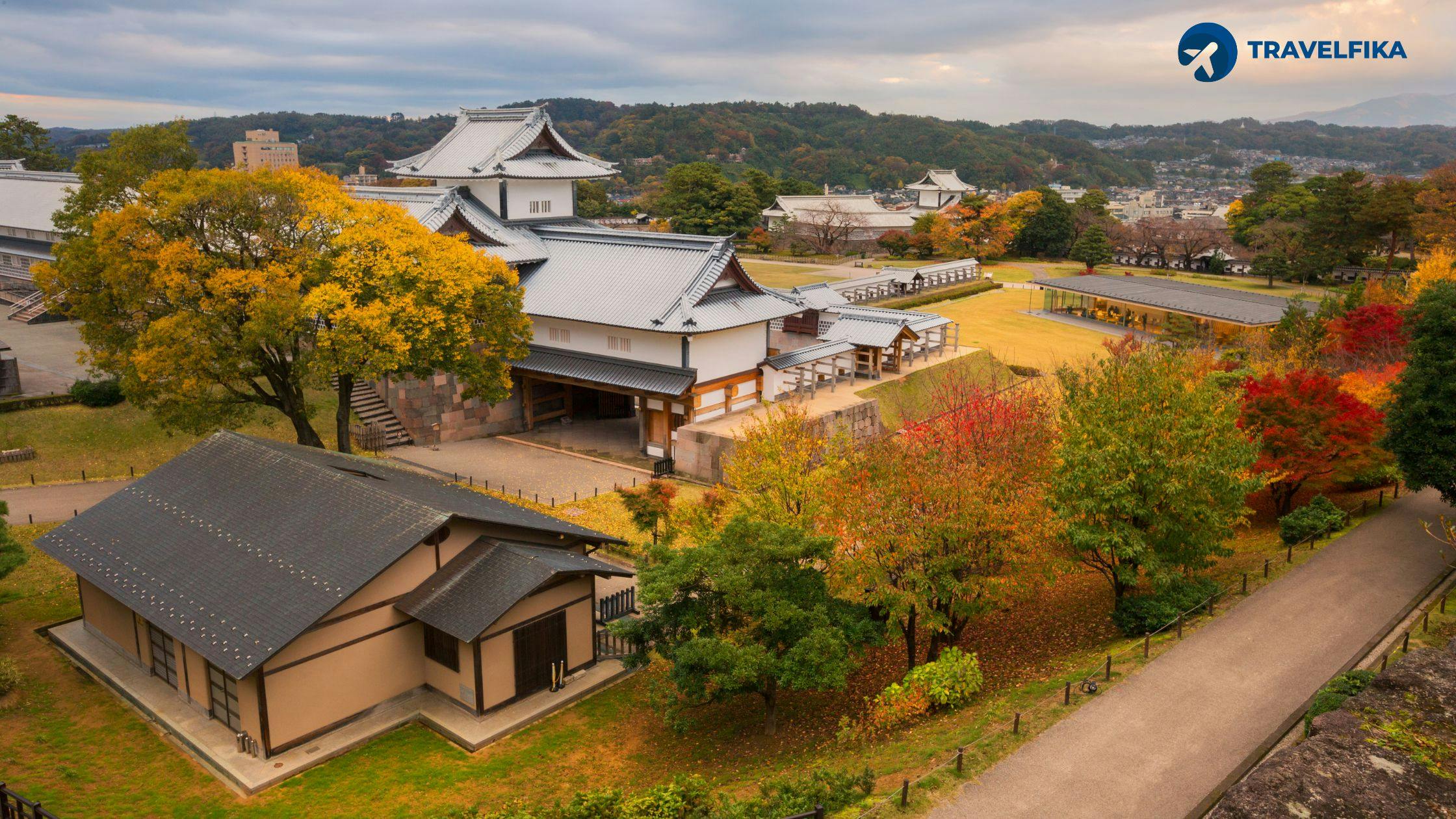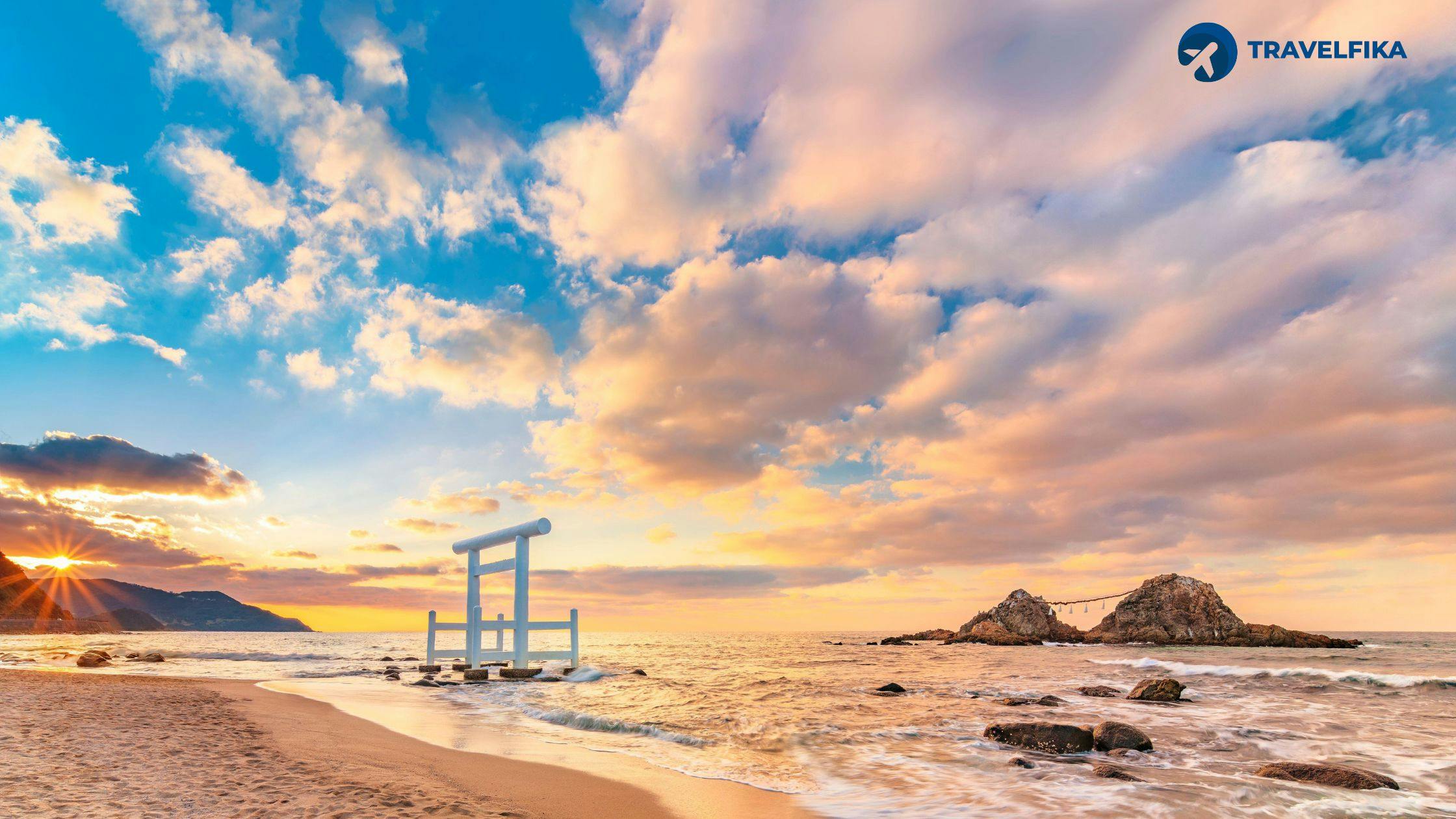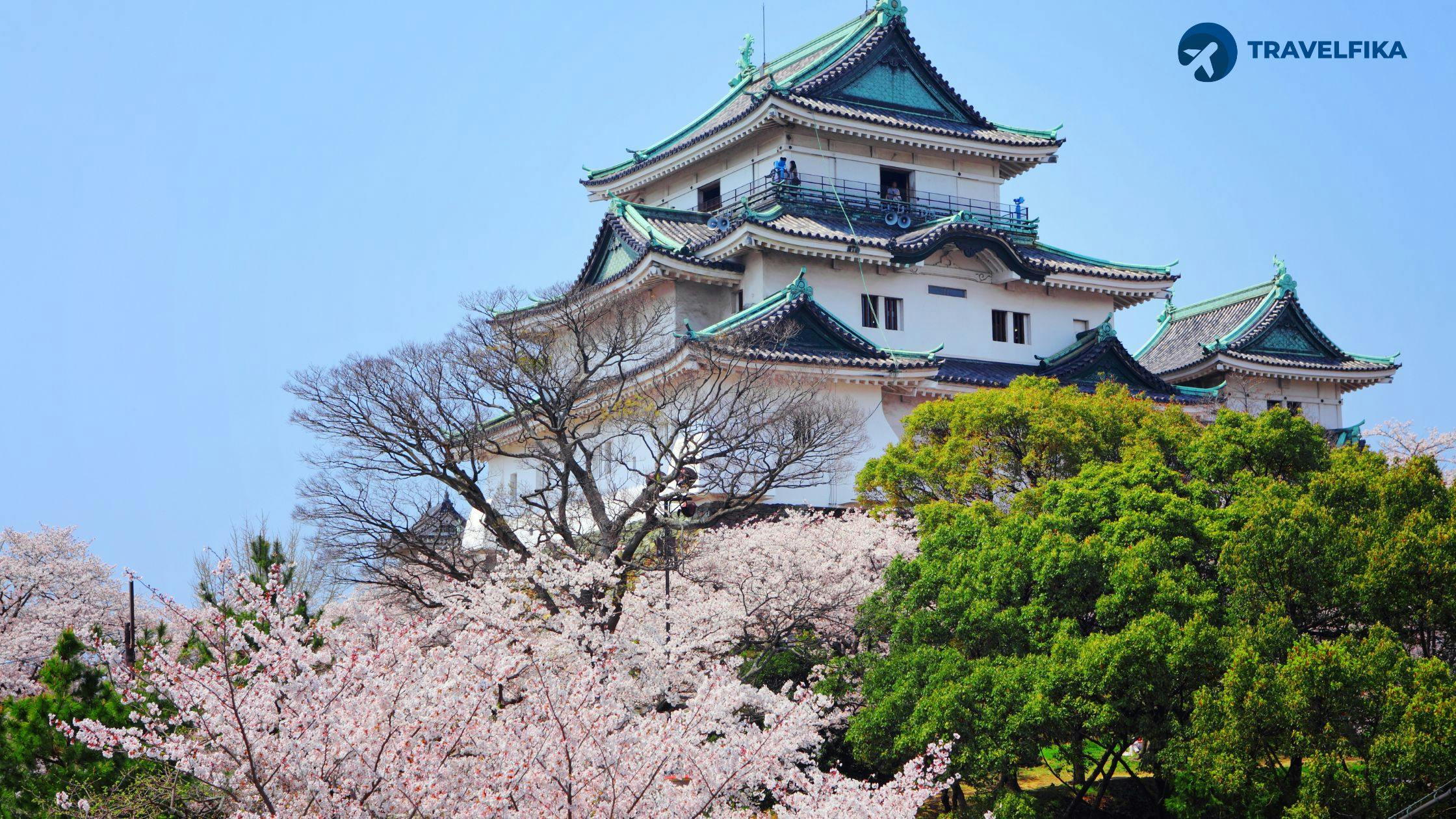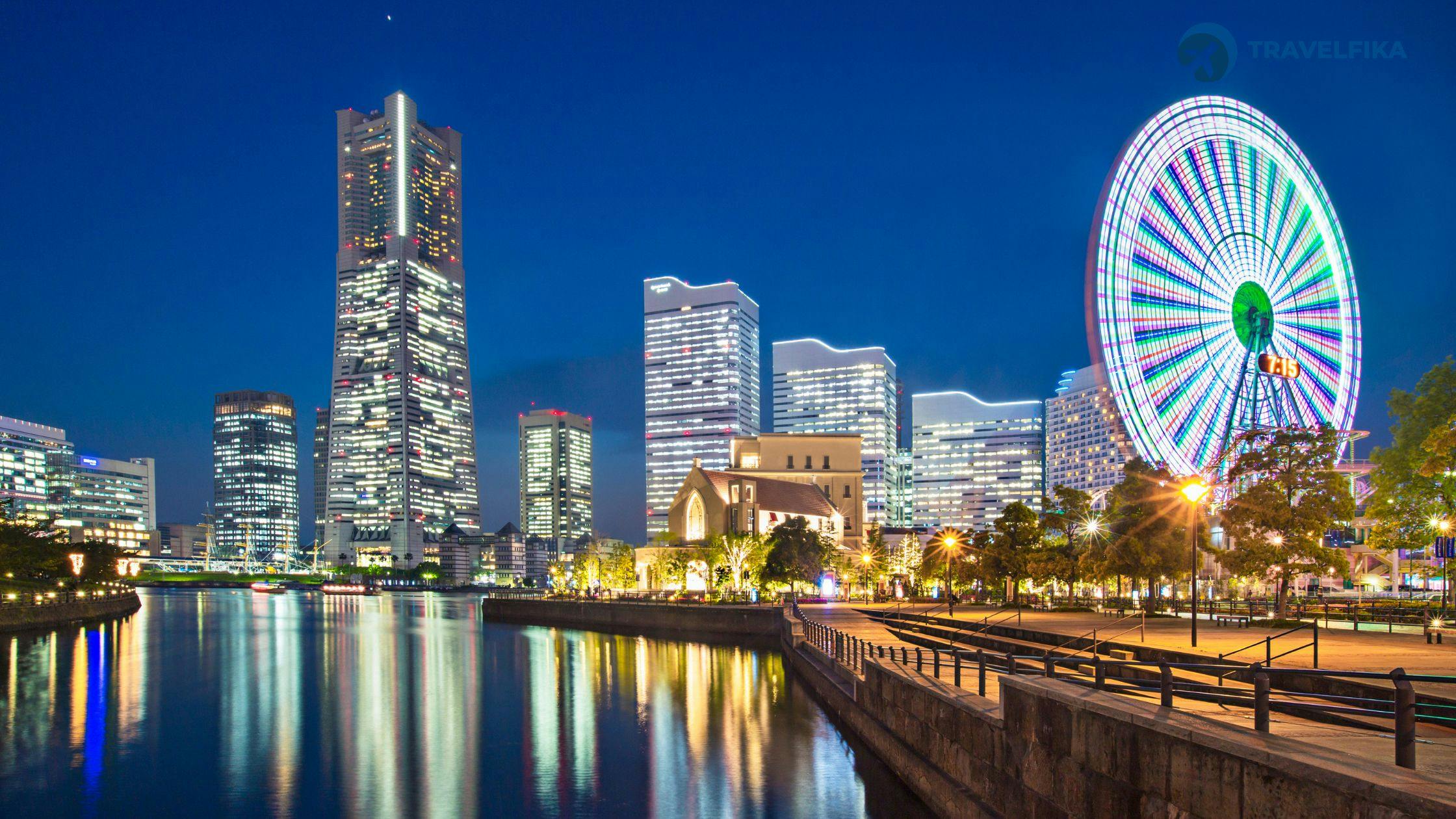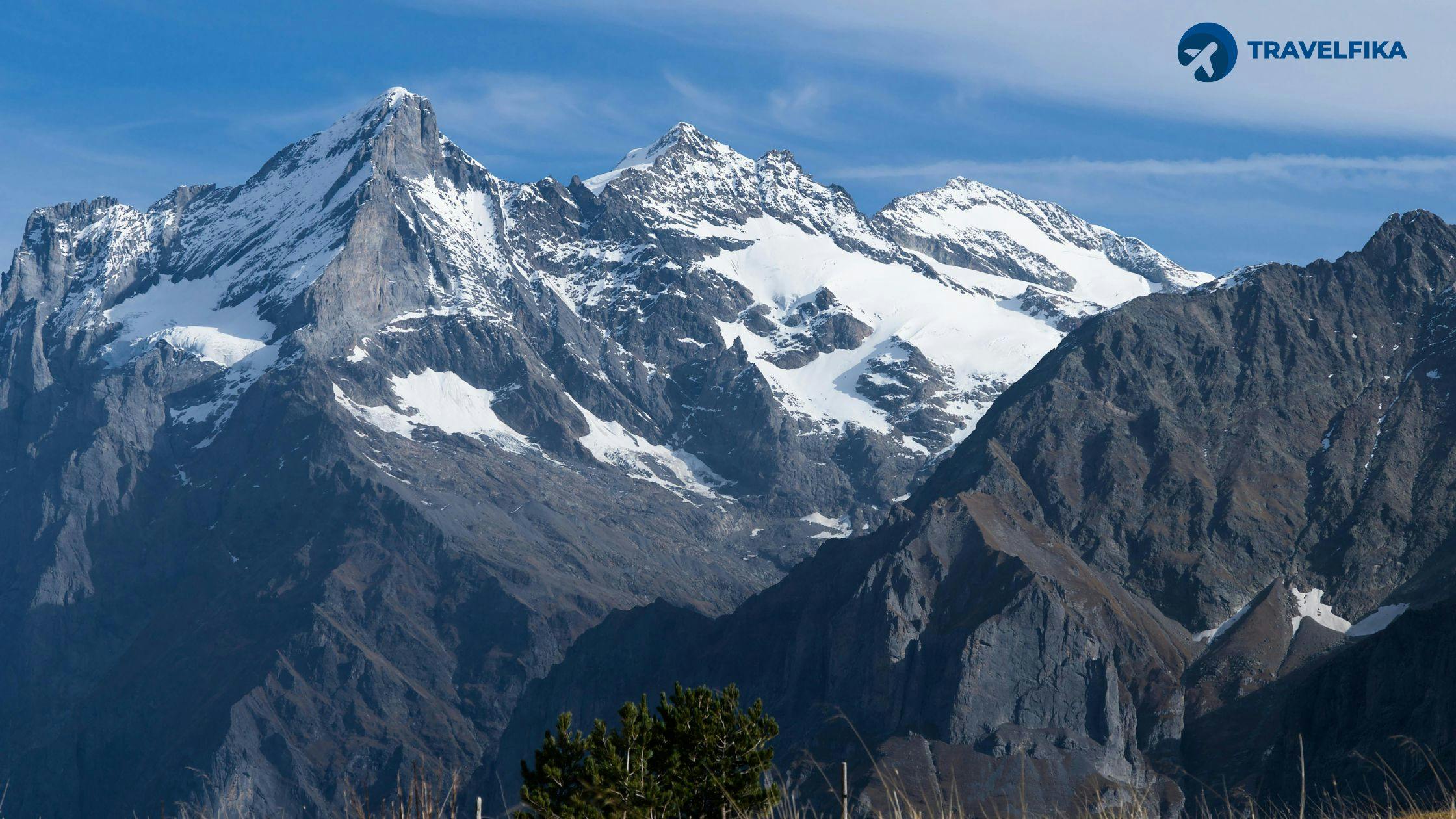Things to Do in Japan
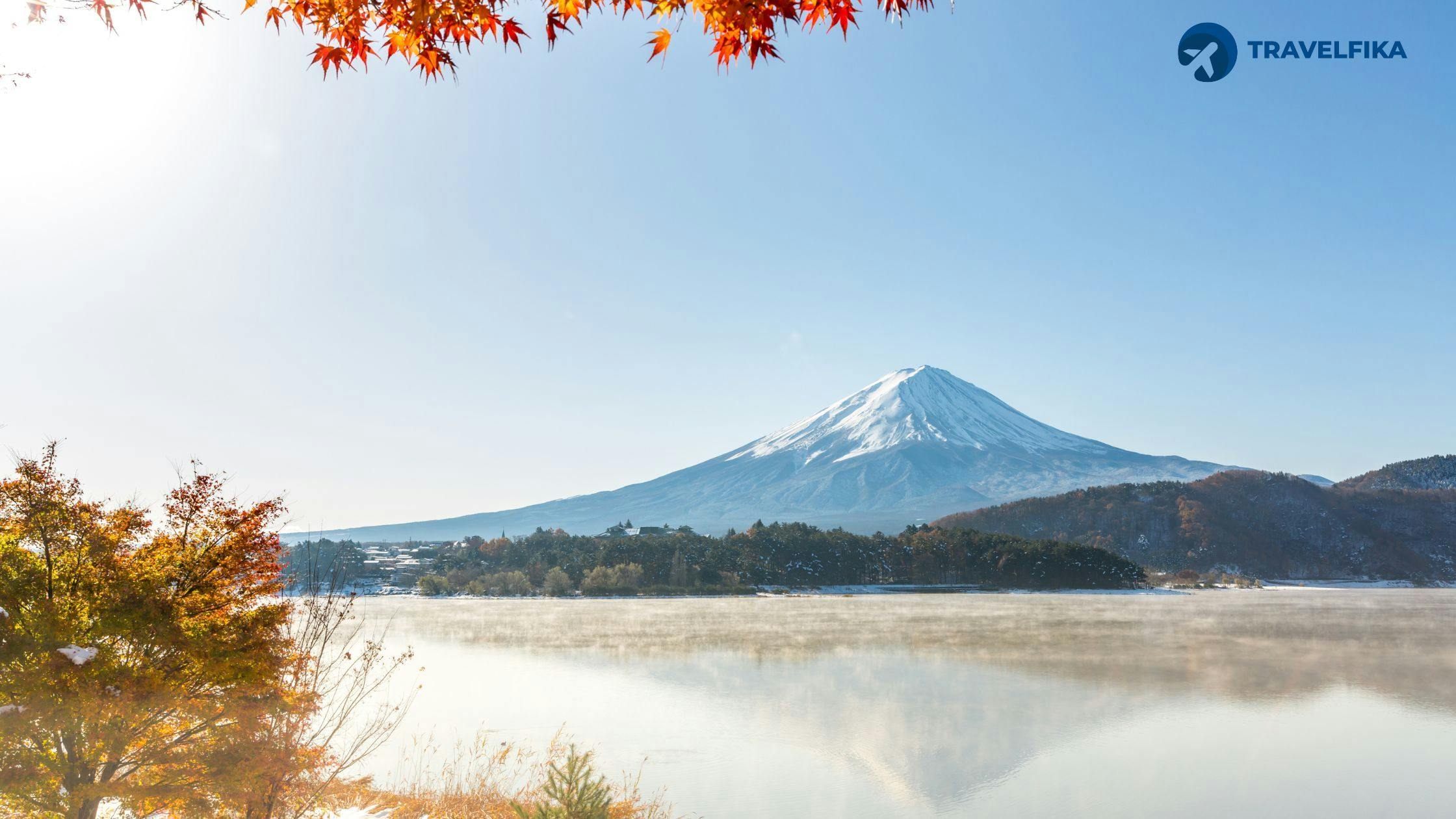
Japan is a country where ancient traditions meet futuristic innovations. From the neon streets of Tokyo to the peaceful Zen gardens of Kyoto, every corner has something to offer. Whether you’re a foodie chasing ramen and sushi, a culture lover exploring centuries-old temples, or an adventurer eager to climb Mount Fuji, Japan delivers experiences that stay with you forever.
Japan’s diversity makes it a destination for everyone. Anime fans can dive into Akihabara’s gaming culture, while history seekers can reflect at Hiroshima’s Peace Memorial. Nature lovers can hike the Japanese Alps or enjoy cherry blossoms in spring. With world-class transport, rich culture, and seasonal festivals, Japan is a year-round destination that never disappoints.
Quick Highlights of Japan
- Capital City: Tokyo
- Currency: Japanese Yen (JPY)
- Official Language: Japanese (English is spoken in major tourist areas)
- Best Time to Visit: March–May (spring, cherry blossoms) and September–November (autumn colors). Winter (Dec–Feb) is best for skiing, while summer (June–Aug) is great for festivals.
- Major Airports: Narita International Airport (Tokyo), Haneda Airport (Tokyo), Kansai International Airport (Osaka), Chubu Centrair (Nagoya).
- Famous For: Cherry blossoms, Mount Fuji, ancient temples, sushi, high-tech cities, bullet trains, hot springs.
- Travel Tip: Get a Japan Rail Pass if you plan to explore multiple cities, it’s affordable and convenient.
Top 15 Things to Do in Japan
Seasonal Guide – When to Visit Japan
Japan is a country you can visit any time of the year, but each season brings its own charm and experiences. Planning your trip based on the season will make your journey even more special.
Spring (March–May):
Spring is the most popular season to visit Japan. The country turns pink and white with cherry blossoms, and locals enjoy hanami (flower-viewing) picnics in parks. Places like Ueno Park in Tokyo and Philosopher’s Path in Kyoto are magical during this time. The weather is mild and perfect for sightseeing, making spring one of the best times for first-time visitors.
Summer (June–August):
Summer in Japan is hot and humid, but it’s also the season of festivals. From the famous Gion Matsuri in Kyoto to colorful fireworks shows across the country, there’s always something happening. Okinawa offers beautiful beaches, water sports, and island vibes. If you love lively culture and don’t mind the heat, summer can be exciting.
Autumn (September–November):
Autumn is another favorite season for travelers. The countryside and temples are painted in shades of red, orange, and gold with maple leaves. It’s the perfect time for hiking in places like Nikko or Nara. The crisp air makes sightseeing very comfortable, and the fall foods like roasted chestnuts and mushrooms are delicious.
Winter (December–February):
Winter is magical in Japan, especially in the north. Skiers and snowboarders head to the Japanese Alps and Hokkaido for powdery snow. Sapporo hosts the famous Snow Festival with incredible ice sculptures. Hot springs in Hakone and Beppu are the best way to relax on a chilly day. Winter is also less crowded in major cities, making it peaceful for travelers.
Travel Tips for Japan
Here are some simple travel tips to make your Japan trip smoother and stress-free:
- Transport: Get a JR Pass if you plan long-distance travel, it saves money on Shinkansen (bullet trains). For city travel, metro cards like Suica and Pasmo are handy.
- Money: Japan is still cash-based. Always carry yen as many small shops and local restaurants don’t accept cards. Use 7-Eleven ATMs for easy withdrawals.
- Food Etiquette: Don’t stick chopsticks upright in rice, it’s linked to funerals. Slurping noodles is polite, and sharing dishes is common. Always say “Itadakimasu” before eating.
- Language: Learn basic greetings like Konnichiwa (hello) and Arigato (thank you). Download a translation app for easier communication in rural areas.
- Connectivity: Stay connected with pocket Wi-Fi or buy a local SIM card at the airport. This helps with navigation, bookings, and translations.
- Packing: Carry comfortable walking shoes, as you’ll walk a lot. Pack layers if traveling in spring or autumn. In summer, lightweight clothes are best, while in winter, warm jackets and gloves are a must.
- Culture: Be polite and follow rules. For example, don’t talk loudly on trains, remove shoes before entering homes or temples, and always stand on one side of the escalator.
These tips will help you travel confidently and respectfully while enjoying the best of Japan.
Suggested Itineraries
Planning your trip depends on how much time you have. Here are some easy-to-follow itineraries:
7-Day Itinerary – Tokyo → Kyoto → Osaka
Start in Tokyo, exploring Shibuya Crossing, Tokyo Skytree, and Asakusa. Take a day trip to Mt. Fuji or Nikko. Then ride the Shinkansen to Kyoto to see Fushimi Inari Shrine, Kinkaku-ji, and Arashiyama Bamboo Grove. End in Osaka, enjoying Osaka Castle, street food at Dotonbori, and Universal Studios Japan.
10-Day Itinerary – Tokyo → Hakone → Kyoto → Nara → Osaka
Begin in Tokyo with shopping in Harajuku and anime culture in Akihabara. Visit Hakone for hot springs, Lake Ashi cruises, and Mt. Fuji views. Continue to Kyoto for temples, gardens, and geishas in Gion. Spend a day in Nara meeting the friendly deer and visiting Todai-ji Temple. Wrap up in Osaka with its vibrant nightlife and foodie culture.
14-Day Itinerary – Tokyo → Mt. Fuji → Kyoto → Hiroshima → Okinawa
In Tokyo, balance modern attractions with historic spots like the Imperial Palace. Take a trip to Mt. Fuji’s 5th Station or the Fuji Five Lakes for hiking. Next, Kyoto offers tradition, while Hiroshima tells a powerful story at the Peace Memorial. Stop at Miyajima Island for its floating torii gate. Finally, relax in Okinawa with its turquoise beaches, scuba diving, and island cuisine. Want to experience cherry blossoms, sushi, and culture? Start your Japan journey here.
Japan is a destination that offers something for every traveler, from bustling cities and ancient temples to serene nature and cultural traditions. Whether you visit in spring for cherry blossoms, summer for vibrant festivals, autumn for breathtaking foliage, or winter for snow adventures, Japan will leave you with unforgettable memories. Planning your trip with care makes all the difference, and Travelfika can help you create the perfect Japan itinerary tailored to your needs. With expert travel guides, tips, and recommendations, Travelfika ensures your journey through Japan is seamless, enriching, and truly unforgettable.

